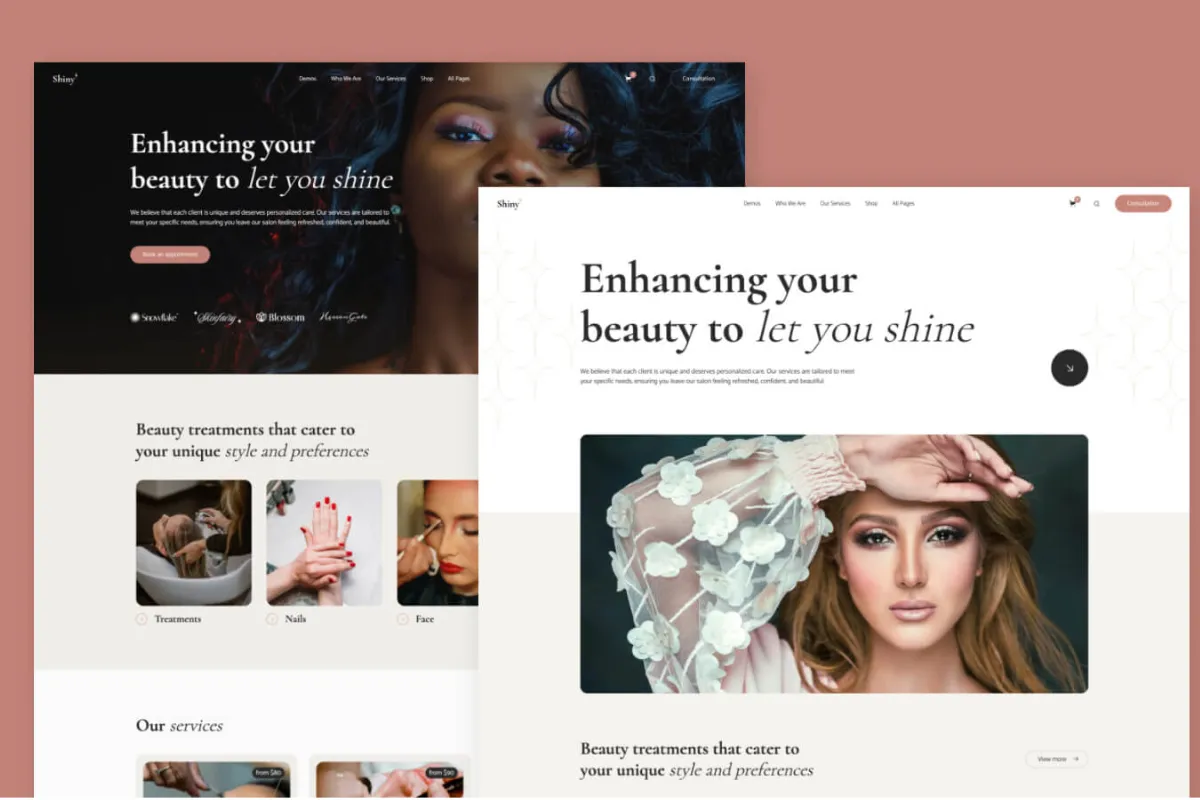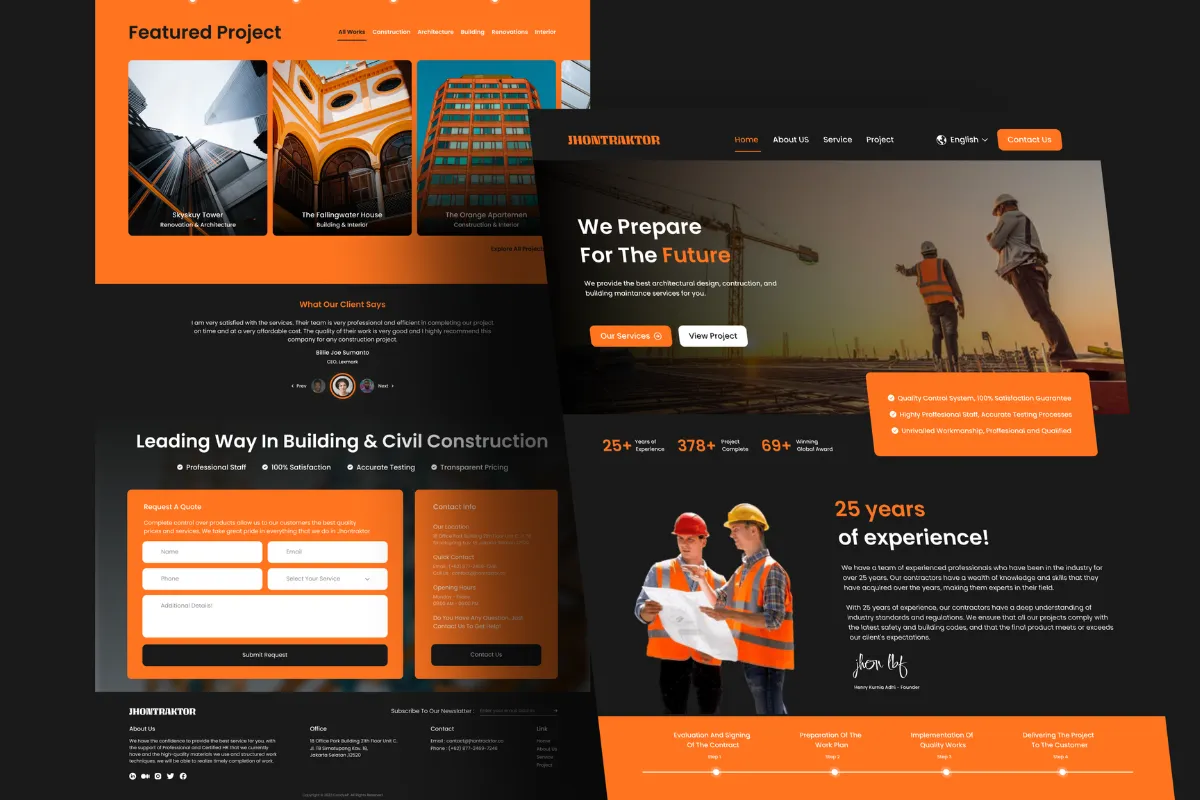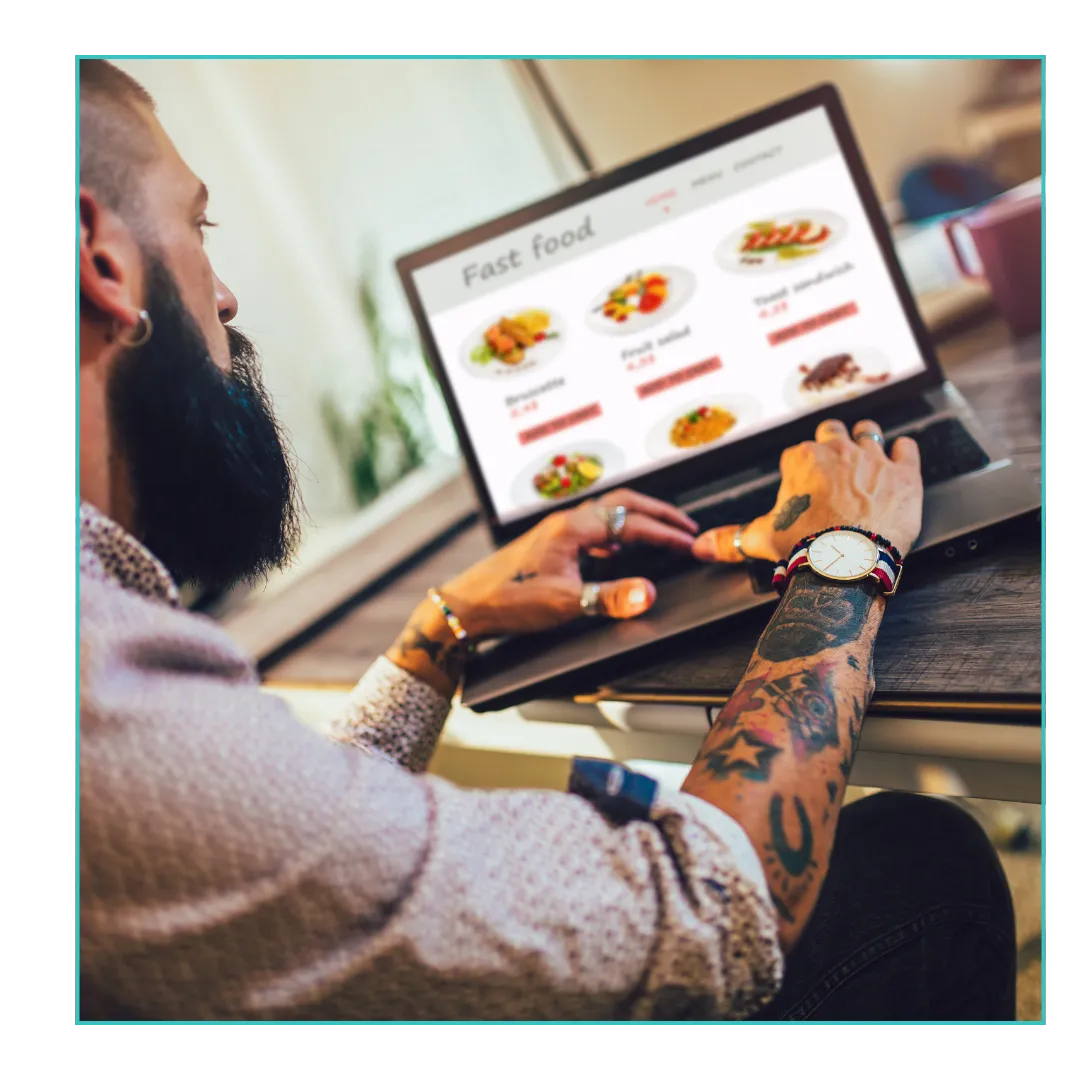
Branding Checklist for Food Business in 2025
Why Branding Matters in the Food Industry
Ultimate Branding Checklist for Food Businesses in 2025
Branding Checklist Table (HTML Code Below)
Digital Presence: Website, Social, SEO
Brand Touchpoints: Where Customers Interact
Real-Life Example: Clean & Co. Café
In today’s competitive food industry, having delicious offerings is just the start. To stand out and build lasting customer loyalty, your food business needs a strong brand identity. Whether you're launching a food truck, a cafe, a restaurant, or a packaged food product, branding is the secret sauce that draws people in.
Let’s break down the ultimate branding checklist for food businesses in 2025, covering everything from visual identity to digital presence. This blog will help you build a brand that’s memorable, trustworthy, and profitable.
Why Branding Matters in the Food Industry
In 2025, customers don’t just buy food—they buy experiences, values, and stories. A strong brand creates emotional connections. It gives your food business personality, voice, and a visual identity that people remember and share.
Some benefits of branding:
Builds trust and credibility
Helps differentiate from competitors
Attracts your target customers
Increases perceived value (you can charge more)
Encourages customer loyalty and referrals
Ultimate Branding Checklist for Food Businesses in 2025
Here's a comprehensive table checklist to make sure your brand is ready for success:
Branding Checklist Table
Design & Visual Identity Tips
Your logo, colors, and visual elements tell a story. A rustic food truck brand might use warm earthy tones and hand-drawn icons. A premium bakery brand might use soft pastels and elegant serif fonts.
Here are some color palettes and their brand personalities:
Voice & Messaging
Think about how your food brand speaks. Is it:
Fun and casual (great for fast casuals and cafes)
Health-focused and educational (great for organic or vegan brands)
Elegant and sophisticated (great for fine dining or premium baked goods)
Warm and nostalgic (great for comfort food)
Keep your voice consistent across your:
Social media posts
Website content
Email marketing
Customer replies
Digital Presence: Website, Social, SEO
In 2025, being online is non-negotiable. Your digital brand should match your offline personality.
Must-Have Website Features:
About Us (brand story)
Menu or product catalog
Online ordering or reservations
High-quality photos
Mobile responsiveness
SEO optimization
Social Media:
Choose platforms where your audience is most active:
Instagram & TikTok: great for visuals & food reels
Facebook: for local engagement
Pinterest: good for recipes and branding
LinkedIn: for B2B food suppliers or gourmet brands
Brand Touchpoints: Where Customers Interact
Branding isn’t just about logos. Every interaction point matters:
Your delivery packaging
Phone calls or chats
Email receipts and invoices
Menu design
Napkins and utensils
Make sure every customer touchpoint delivers a branded experience.
Real-Life Example: Clean & Co. Café
Clean & Co. is a small organic cafe in Austin, TX. Their branding is centered around health and mindfulness.
Color Palette: Green, beige, and white
Logo: Minimalist leaf + text
Typography: Clean sans-serif fonts
Website: Eco-friendly design with blog and online booking
Social Media: Calm visuals with quotes and ingredient spotlights
Voice: Friendly, empowering, and informative
They report 40% more online orders after rebranding and updating their packaging and website.
Downloadable Branding Checklist
Want this checklist in PDF format? Download the Branding Checklist for Food Businesses PDF — a printable, editable version you can use for planning and team alignment.
Final Thoughts
Building a food brand in 2025 means thinking beyond taste. Your visuals, messaging, and consistency will help you create a brand people remember, trust, and recommend.












